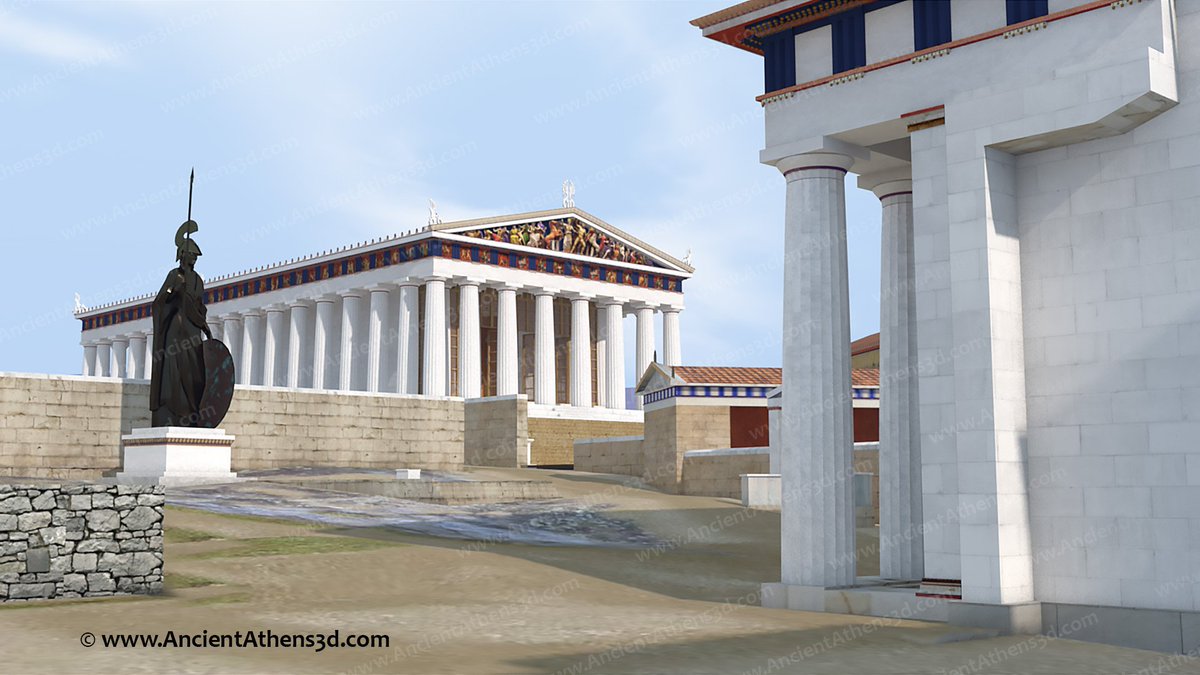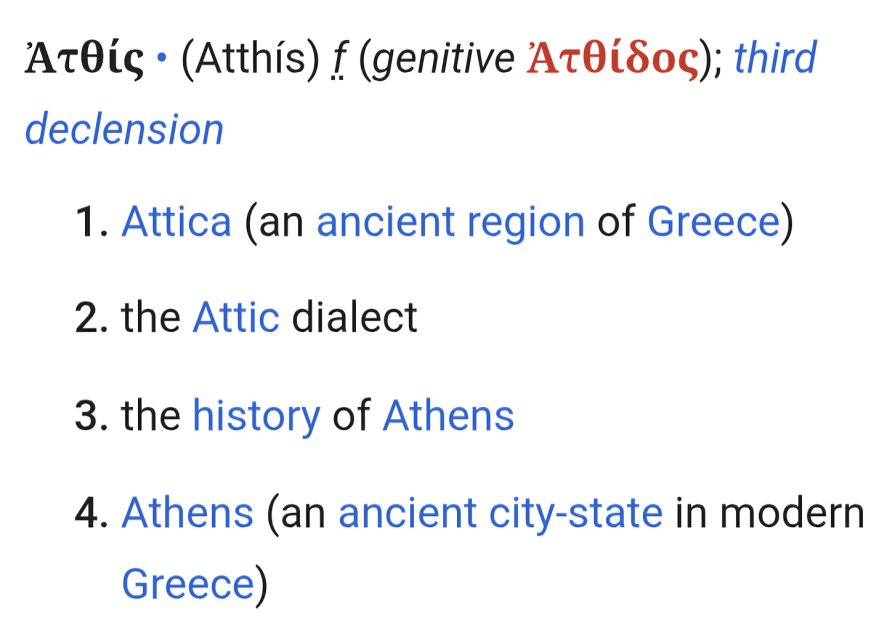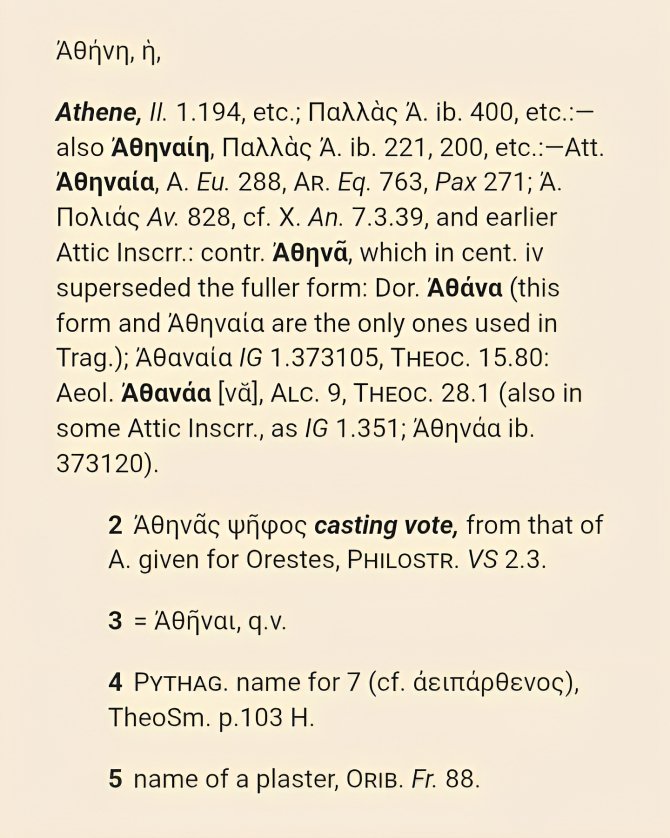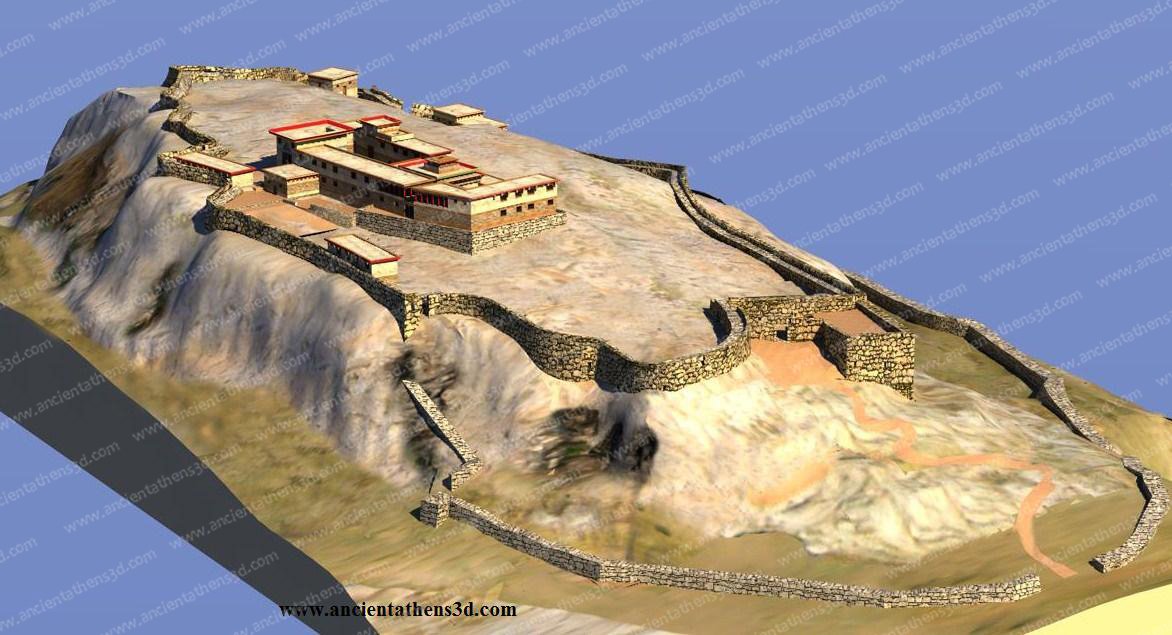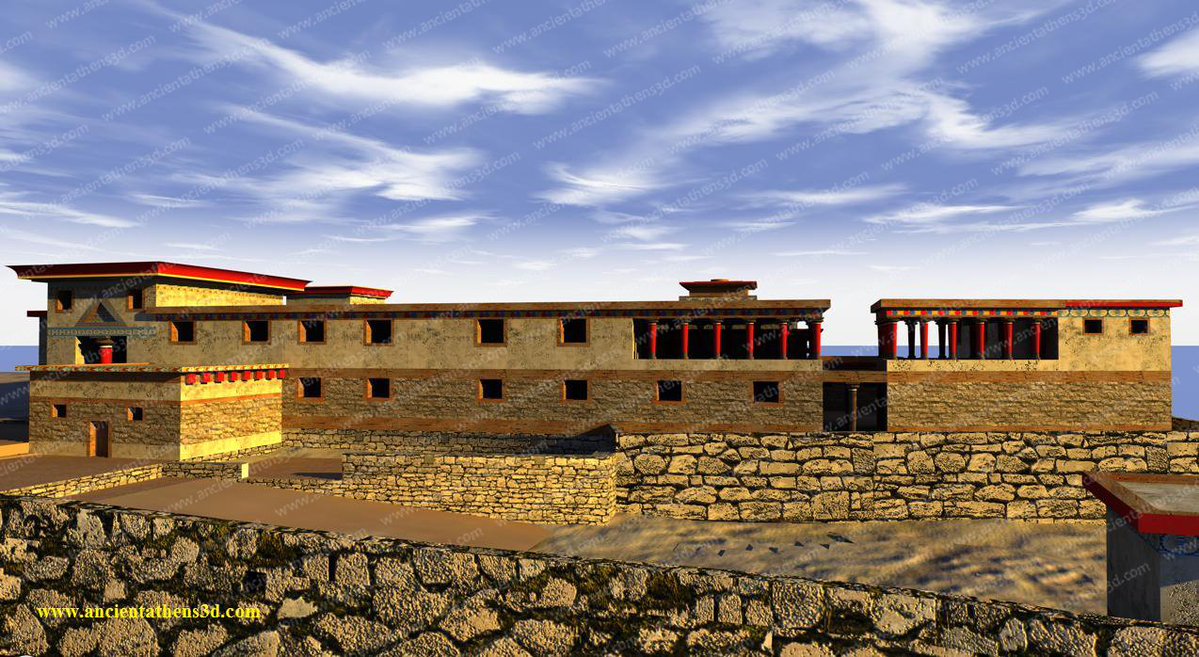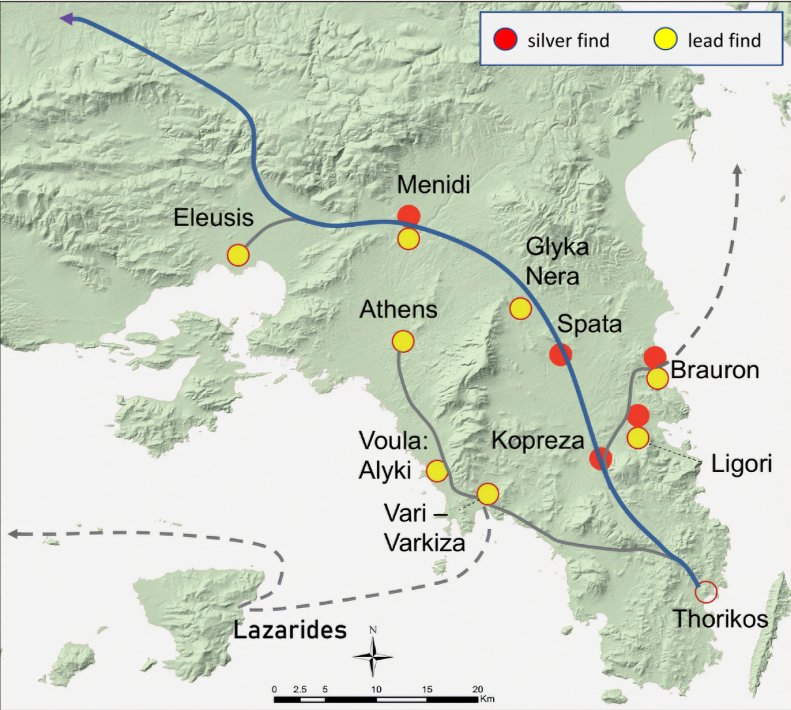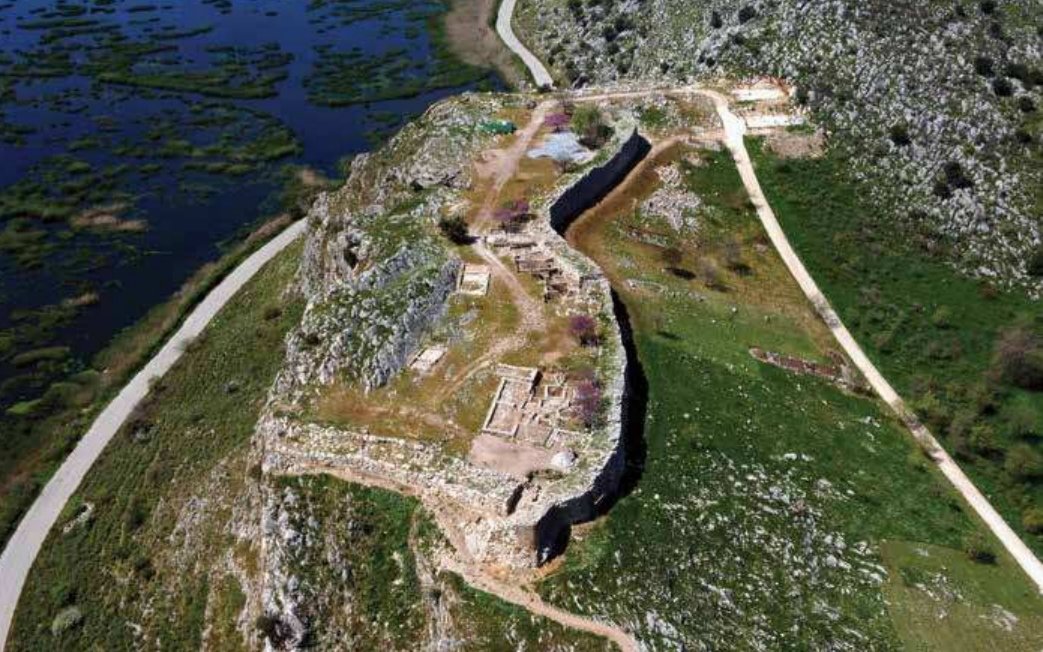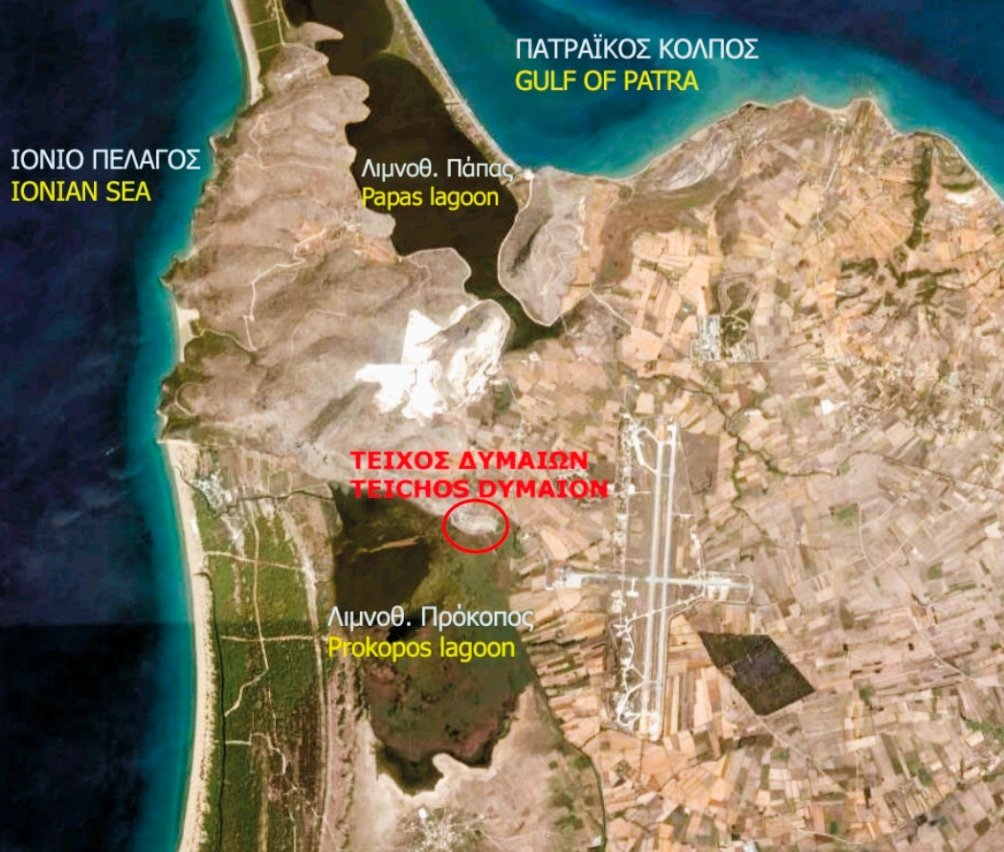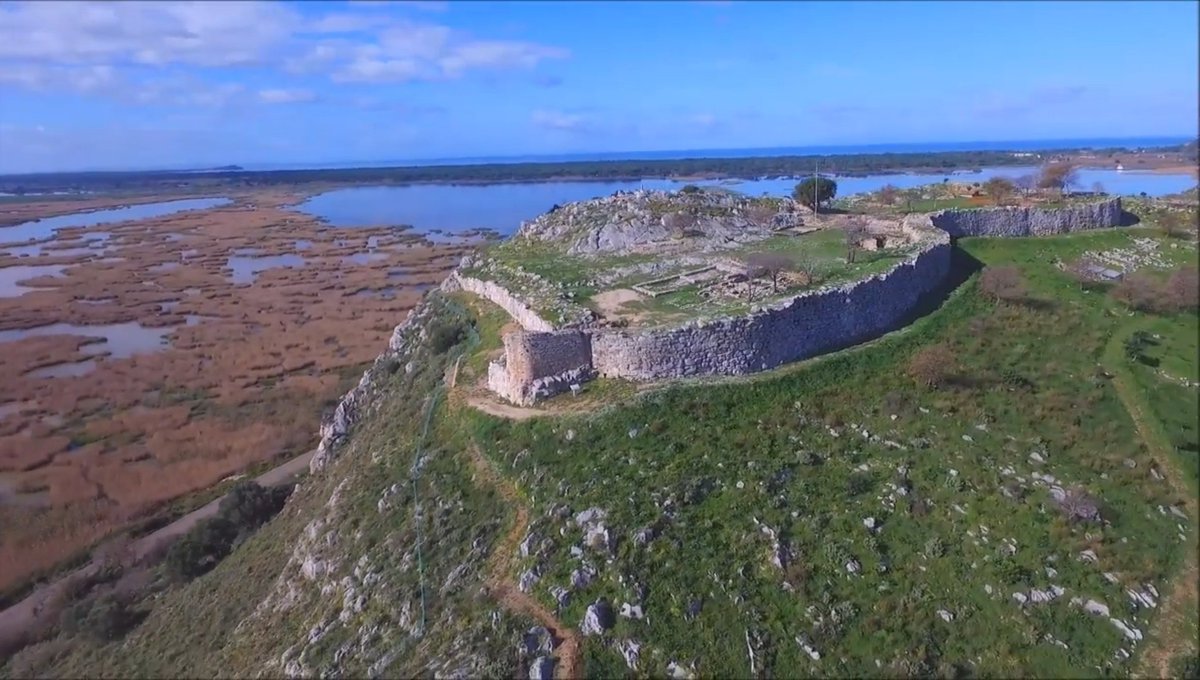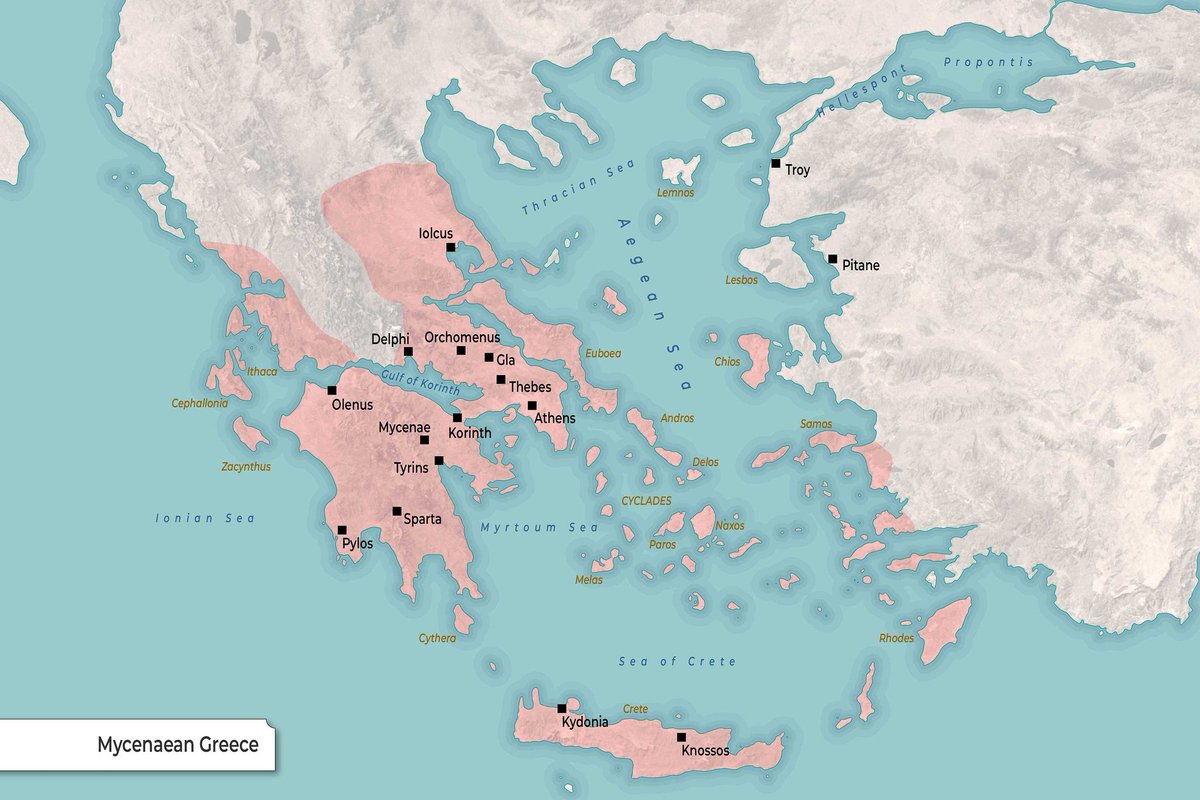1/ The archaeological evidence indicates that Tiryns and Midea were inhabited during the Middle Helladic, but it seems that they were two settlements without particular importance in contrast to the settlement at Aspis of Argos, which was one of the most important MH settlements. 



2/ The founding of Mycenae took place during the late MH III period and probably stemmed from the relocation of a faction that was expelled from Aspis of Argos due to social conflicts. The members of this faction were the shapers of Mycenaean civilization, as they broke with 👉 

👉 the pre-existing Middle Helladic system of political and social relations, adopting a new set of rules, values and practices whose main concern was the excessive accumulation of wealth and its uncritical promotion as a means of social differentiation. 👉 

👉 Within this context, close relations were formed with Neo-palatial Crete, from which various cultural elements were drawn that constituted important factors in the formation of the new ideological identity. Very quickly, Mycenae became the pioneer of developments. 

3/ While during LH I the royal elites of Mycenae were developing rapidly and enjoying great prosperity, a humble building was constructed on the upper part of the Citadel of Tiryns, which has been argued to have been the seat of a local ruler (?). 👉 

👉 The rulers of Mycenae seem to have an advantage over all other Argolic centers, which recognize the predominance of Mycenae by allying with it (or declaring their vassalage to the king of Mycenae) and enjoying the profits from this situation. 

4/ The strategic location of Tiryns and neighboring Nafplion was quickly recognized by Mycenae, which promoted the emergence of Tiryns as the second most important Argolic center (satellite city - harbour) due to its access to the sea, a fact of strategic importance for the 👉 

👉Mycenae's elites who gained great wealth by participating in transit trade. The close family ties and a common ancestral past may have played a crucial role in facilitating the political unification of the Argolic centers around Mycenae. The mythological background of Argolid👉 

👉 provides much evidence for the common genealogical tree of the royal families of Argos, Tiryns, Midea and Mycenae. In fact, the Persidae kings are recognized as rulers of Mycenae and Tiryns, without in some cases clarifying which is the seat of their throne (Eurystheus). 

5/ As early as the LH IIA period (16th-15th century BC) the royal family of Mycenae lived in an early form of megaroid building decorated with elaborate frescoes. During the 15th century BC (LH IIB period) a large building complex with staircases 👉 

👉 and decorated with frescoes was constructed in Tiryns, too. Both buildings differed from the architecture of later palaces, but they give substance to the myth that the king of Mycenae was also king of Tiryns, using both buildings as his royal residences. 

6/ Arriving in the middle of the 15th century BC, we observe a strengthening of Argolic power through which the Mycenaean world manages to bring Crete, a large part of the islands of the Archipelago and Miletus under its complete control. 👉 

👉 This period ends with the final destruction of Knossos around 1370 BC. It is the era of the elites buried in the large tholos tomb and the warlord of chambered tomb 12 of Dendra. Local Argolic elite oikoi were receiving special privileges from the ruler of Mycenae 👉 

👉 and fighting with him in distant regions, becoming leaders of select sections of the Mycenaean army (the warlord of Dendra wore his characteristic heavy bronze armor and was probably a charioteer as several horses were found buried in the Dendra cemetery). 

7/In conclusion, at the dawn of the palatial period, Argolid was a union of elite oikoi, which recognized Mycenae as their political, economic, cultural and religious center. They had close kinship and ancestral ties with each other, as if they were members of the same community. 

• • •
Missing some Tweet in this thread? You can try to
force a refresh





